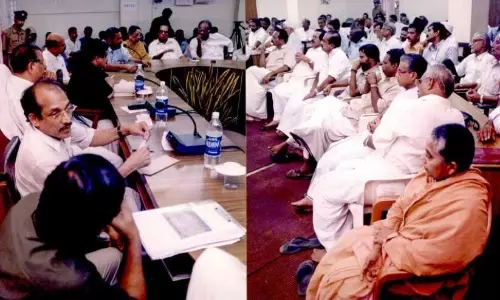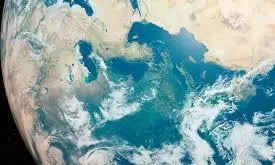
Can diamond dust help cool the planet? weighing costs and risks of geoengineering
text_fieldsA new study published in Geophysical Research Letters suggests that injecting diamond dust into the atmosphere could help reduce global temperatures by up to 1.6ºC.
Led by Sandro Vattioni, a climate scientist at ETH Zürich, the research examines whether diamonds could serve as a safer alternative to sulfur-based materials in stratospheric aerosol injection, a geoengineering technique designed to reflect sunlight and combat global warming.
Sulfur has long been studied for its cooling potential, largely inspired by volcanic eruptions that release sulfur dioxide into the atmosphere, temporarily cooling the planet. However, sulfur comes with serious drawbacks, including ozone layer depletion and the risk of acid rain. In contrast, diamonds, which are chemically inert, would avoid these environmental hazards.
Vattioni’s team used advanced climate models to assess various materials, and diamonds proved effective in reflecting sunlight and remaining airborne without clumping.
Despite its potential, diamond dust presents a significant financial challenge.
Synthetic diamond dust costs approximately $500,000 per ton, and deploying 5 million tons annually would require a massive investment.
Douglas MacMartin, an engineer at Cornell University, estimates that using diamonds for cooling between 2035 and 2100 could cost around $175 trillion. This is a stark contrast to the relatively affordable sulfur, which is much cheaper and easier to disperse, making it a more likely candidate for large-scale geoengineering projects.
While the exploration of materials like diamonds is groundbreaking, geoengineering remains a controversial topic.
Critics such as Daniel Cziczo, an atmospheric scientist at Purdue University, warn of the potential for unintended consequences that could outweigh the benefits. However, others, like Shuchi Talati, executive director of the Alliance for Just Deliberation on Solar Geoengineering, stress the importance of continued research, especially for countries that are most vulnerable to the effects of climate change.






















